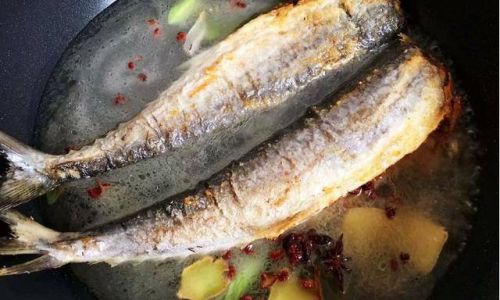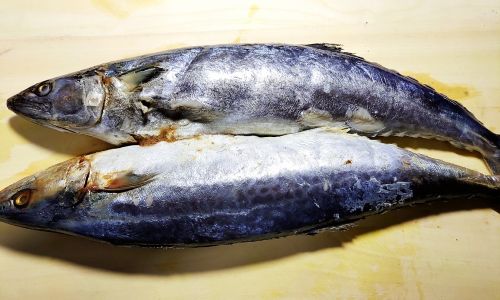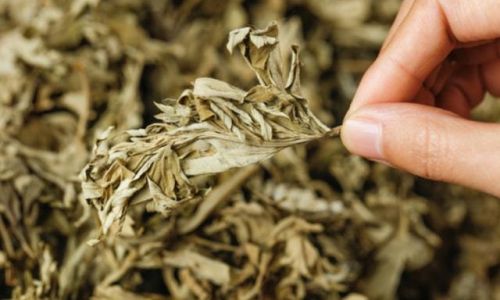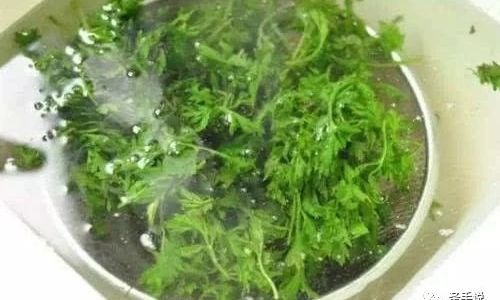Mackerel, a saltwater fish renowned for its rich flavor and tender texture, is a staple in coastal cuisines worldwide. However, its strong, fishy aroma often intimidates home cooks, leading to subpar dishes or wasted ingredients. The secret to unlocking its full potential lies in mastering preparation techniques that neutralize unwanted odors while enhancing its natural savory taste. This article delves into proven methods for selecting, cleaning, and cooking mackerel to perfection, ensuring a dish that is both flavorful and appetizing.
Understanding the Challenge: Why Does Mackerel Smell Fishy?
Mackerel’s distinct scent stems from trimethylamine (TMA), a compound released when bacteria break down trimethylamine oxide (TMAO) in the fish’s flesh. This process accelerates after the fish dies, making freshness paramount. Additionally, dark bloodlines near the spine and residual scales can amplify unpleasant odors if not removed properly.
Step 1: Selecting the Freshest Mackerel
The foundation of odor-free mackerel begins at the market. Look for specimens with:

- Bright, Clear Eyes: Cloudy or sunken eyes indicate spoilage.
- Shiny, Metallic Skin: Dull or discolored skin suggests age.
- Firm Flesh: Press gently—the flesh should spring back immediately.
- Mild, Briny Scent: A strong “fishy” smell signals oxidation and decay.
If purchasing whole fish, opt for gutted specimens to avoid internal organ contamination. For fillets, ensure they are moist, not dry or crumbly.
Step 2: Pre-Preparation Rituals to Eliminate Odors
Rinsing and Descaling
Rinse the fish under cold running water, scrubbing gently with a brush to remove slime and loose scales. For whole mackerel, use the back of a knife to scrape off stubborn scales from tail to gills.
Bloodline Removal
Locate the dark red bloodline running along the spine. Using a sharp fillet knife, carefully slice along both sides of the line and lift it out. This step is critical, as blood is a primary source of bitterness.
Acidic Soak
Marinate the fish in a mixture of water, vinegar (or lemon juice), and salt for 15–20 minutes. The acid neutralizes TMA and tightens the flesh, reducing oiliness. Pat dry thoroughly afterward.
Step 3: Flavor-Enhancing Marinades and Rubs
Marinades serve a dual purpose: masking residual odors and infusing depth. Opt for ingredients rich in umami or citrus notes:
- Ginger-Garlic Paste: Combine grated ginger, minced garlic, and a splash of rice wine.
- Yogurt-Based Marinades: Lactic acid in yogurt tenderizes while tangy flavors cut through richness.
- Miso or Soy Sauce: Salty-sweet marinades balance the fish’s intensity.
Marinate for 30 minutes to 2 hours, avoiding over-marination, which can make the flesh mushy.

Step 4: Cooking Methods That Shine
A. Pan-Frying for Crispy Skin
- Score the skin diagonally to prevent curling.
- Heat a non-stick pan with oil (preferably neutral like grapeseed) until shimmering.
- Place the fish skin-side down and press gently with a spatula.
- Fry until golden (3–4 minutes), then flip and cook the flesh side briefly.
Pro Tip: Add aromatics like sliced lemons or rosemary to the pan during frying for a fragrant finish.
B. Grilling Over Charcoal
- Brush the fish with oil and season with smoked paprika or cumin.
- Grill over medium-high heat, turning once, until the flesh flakes easily.
- Baste with a mixture of melted butter, garlic, and herbs mid-cook.
C. Braising in Broth
For a tender, melt-in-the-mouth texture:
- Sear the fish briefly in a hot pan.
- Simmer in a flavorful broth (dashi, tomato, or coconut milk-based) with vegetables like onions, carrots, and celery.
- Add a splash of white wine or sake for acidity.
Step 5: Serving Suggestions and Pairings
- Citrus Salsa: Dice tomatoes, red onions, cilantro, and lime zest for a fresh, acidic counterpoint.
- Tartar Sauce: Mix mayonnaise, capers, gherkins, and lemon juice.
- Steamed Rice or Roasted Potatoes: Neutral sides that absorb the fish’s juices.
Common Mistakes to Avoid
- Overcooking: Mackerel dries out quickly. Cook until the internal temperature reaches 145°F (63°C).
- Skipping the Acidic Soak: This step is non-negotiable for odor control.
- Using Weak Spices: Bold flavors like chili, turmeric, or caraway seeds are essential to mask residual smells.
Advanced Technique: Curing with Salt and Sugar
For a restaurant-quality finish, cure the fish in a mixture of salt, sugar, and dill for 2–3 hours. Rinse thoroughly before cooking. This method draws out moisture, intensifies flavor, and creates a firm texture ideal for grilling or smoking.
Conclusion
Mackerel’s reputation as a “stinky” fish is undeserved when handled correctly. By prioritizing freshness, meticulous preparation, and strategic seasoning, even novice cooks can transform this humble ingredient into a gourmet delight. Whether pan-fried to crispy perfection or simmered in a fragrant broth, mastering mackerel opens doors to a world of culinary possibilities. The key lies in treating the fish with respect—clean it thoroughly, neutralize odors with acid and aromatics, and let its natural richness shine. Bon appétit!





0 comments